Musée du Louvre
Louvre is one of the most famous attractions in Paris. The Louvre is known to tourists, first of all, not as a magnificent architectural monument that once served as a home to French kings, but as the most famous museum in the world, where art connoisseurs from all corners of the globe are drawn.
The museum has over 400,000 objects, of which 35,000 are on display. The collections are divided into eight sections – Oriental Antiquities, Egyptian Antiquities, Greek, Etruscan and Roman Antiquities, Islamic Art, Sculpture, Painting, Objects of Art and Graphic Arts. The Denon Wing is the most visited part of the museum and houses a collection of Italian paintings, including the Mona Lisa.
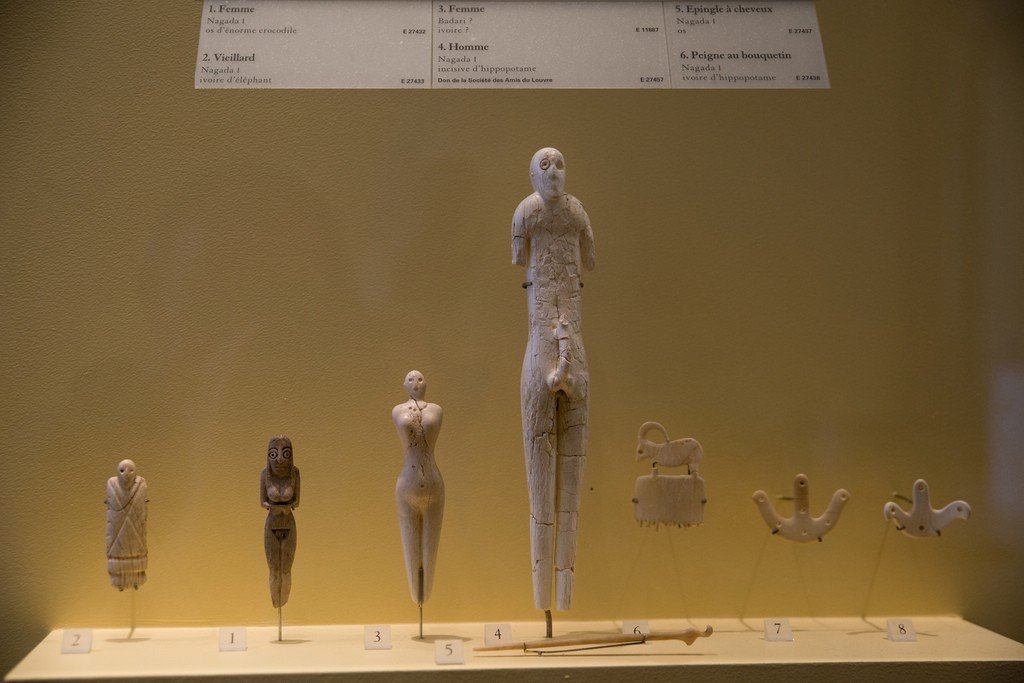
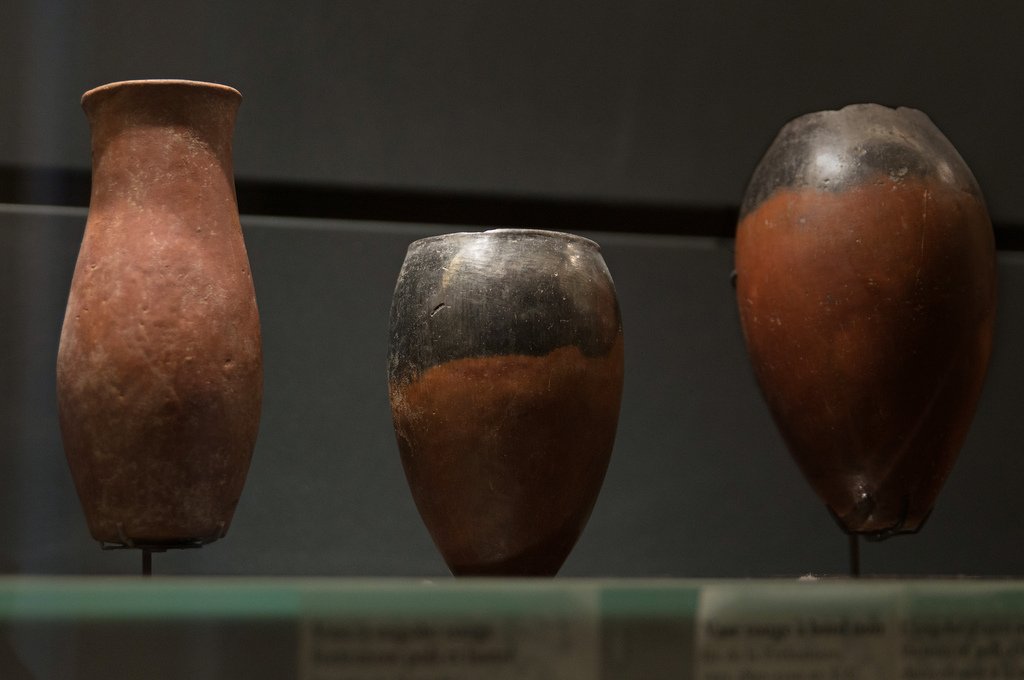
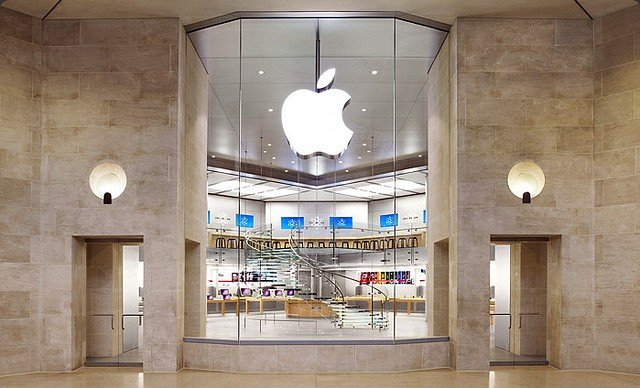
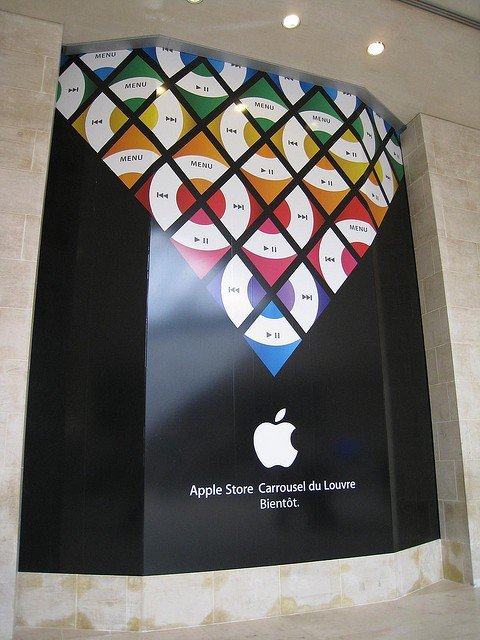
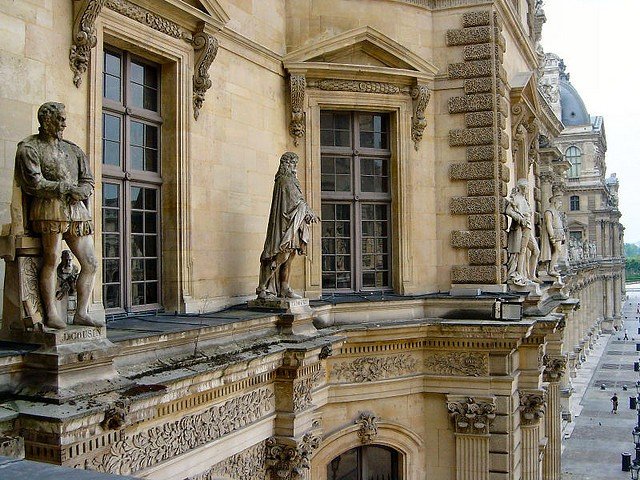
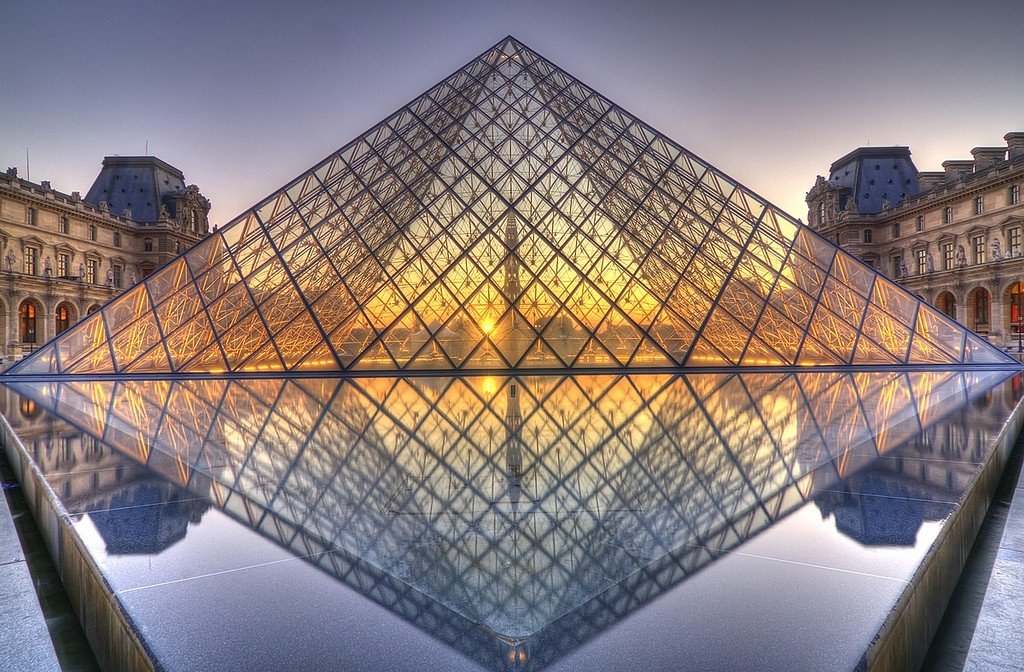
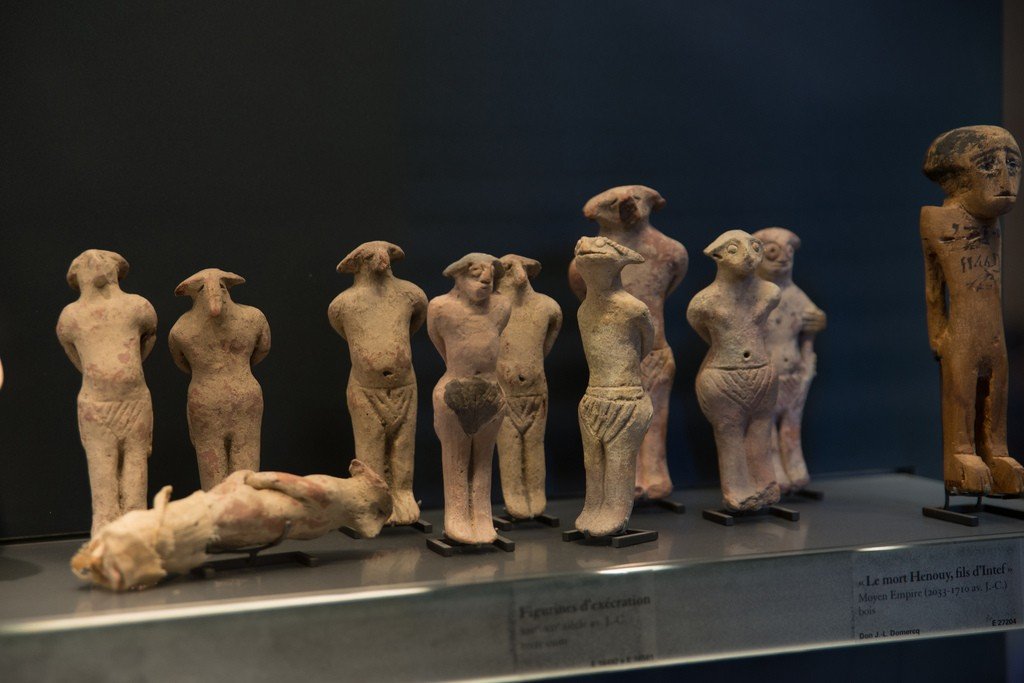
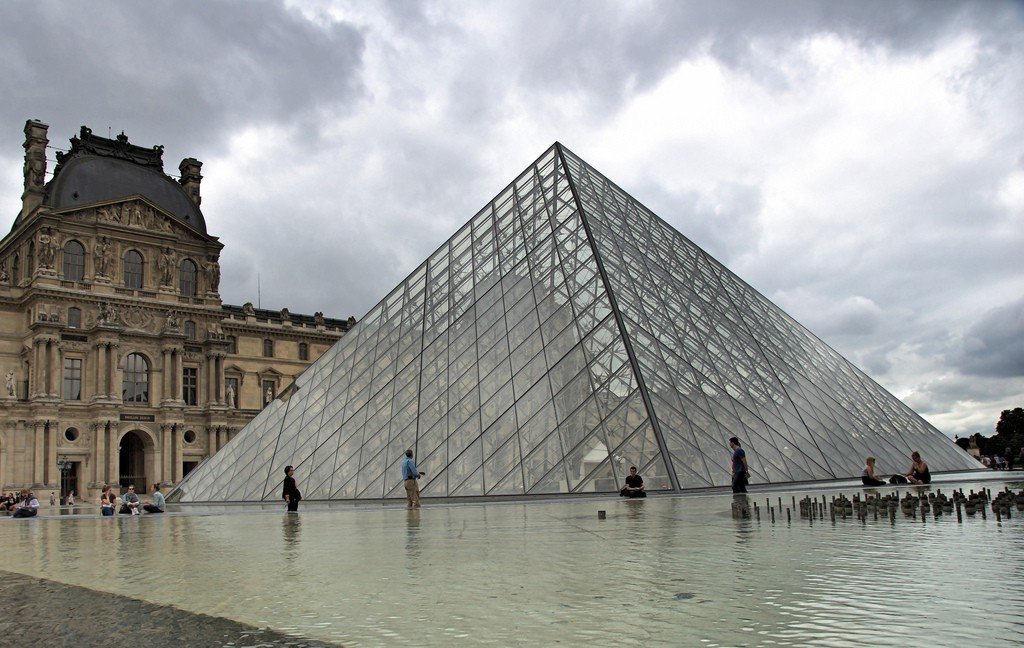
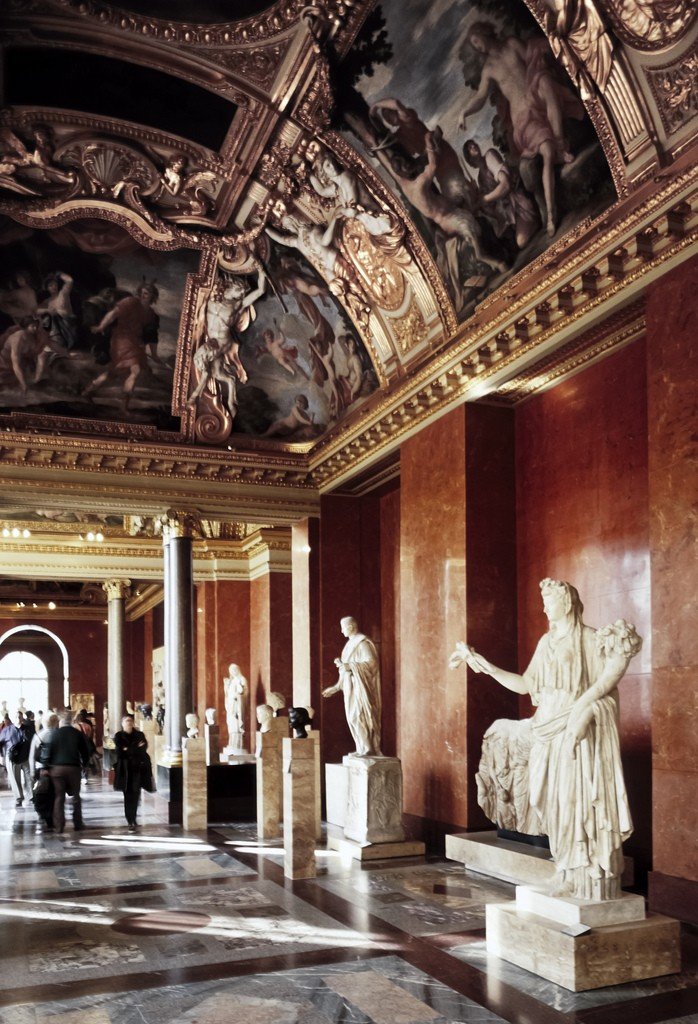
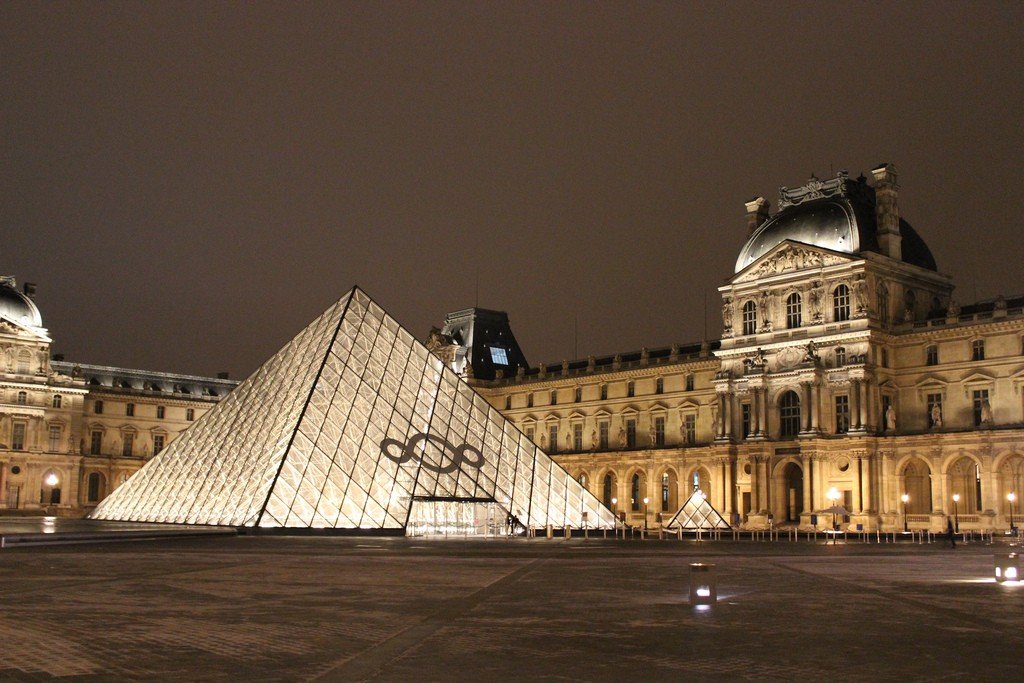
Video: A walk through the Louvre
” title=”YouTube video player” frameborder=”0″ allow=”accelerometer; autoplay; clipboard-write; encrypted-media; gyroscope; picture-in-picture; web-share” allowfullscreen> ContentsWhat to see
‘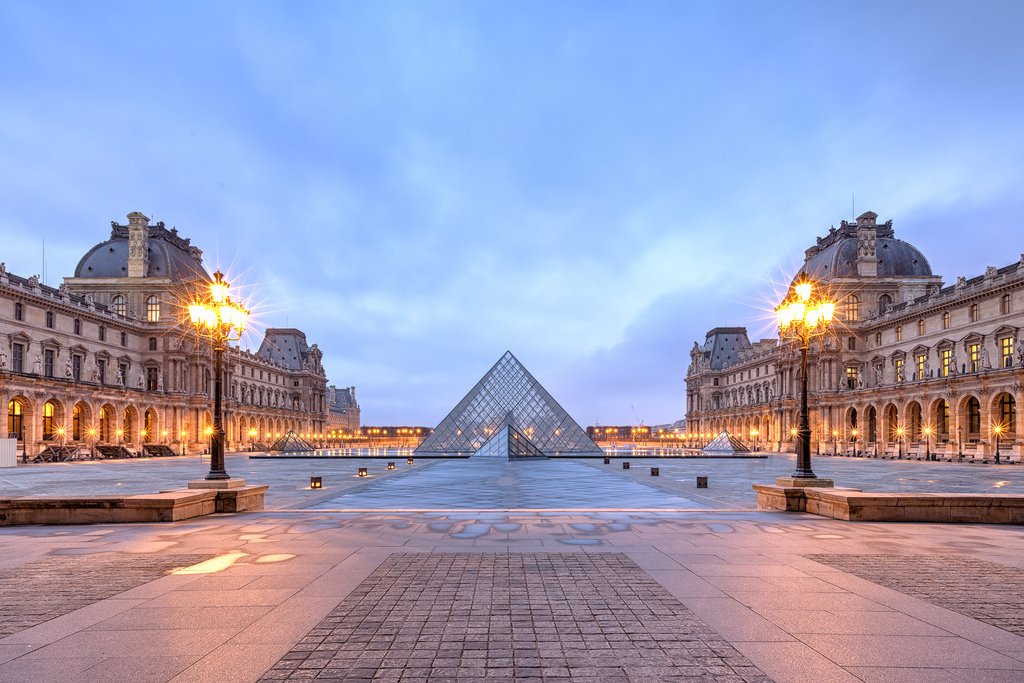
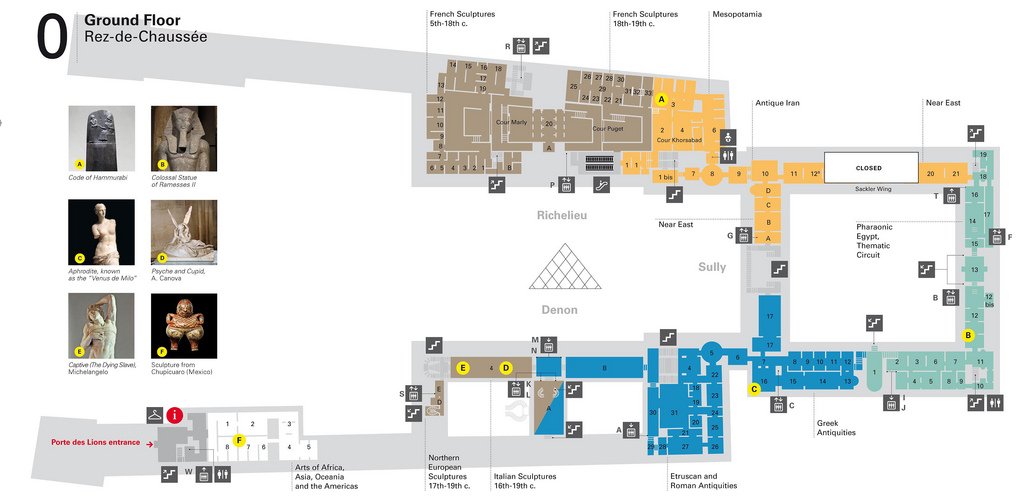
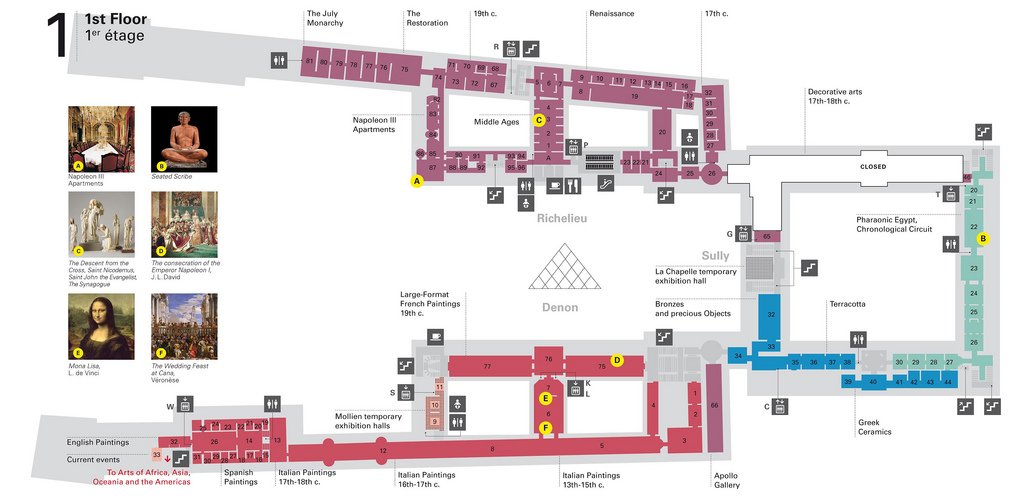
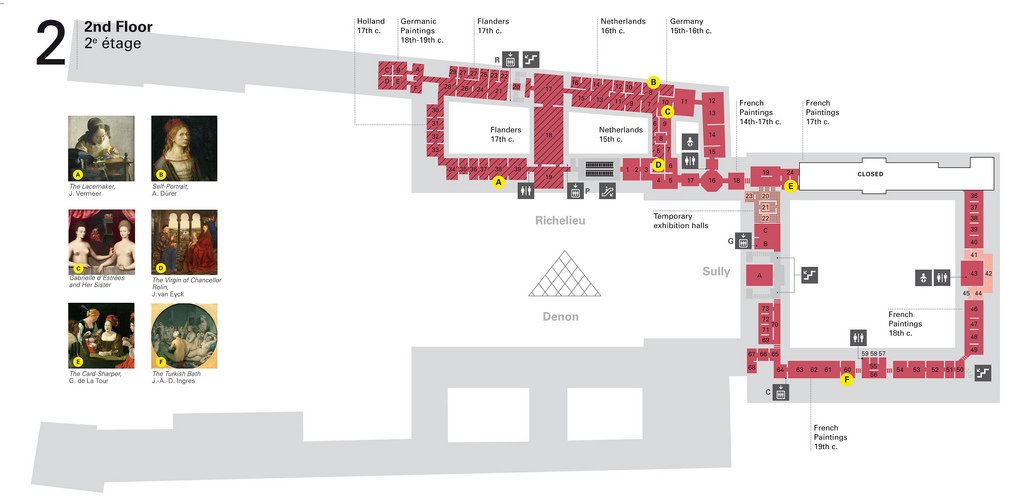
Attempts to embrace the vastness and cover the entire exposition of the Louvre invariably end in failure, because the collection of this museum is simply immense. Therefore, it is necessary to think in advance about what works of art you want to see. The museum is divided into three wings (Richelieu, Denon and Sully), which include the following departments:
.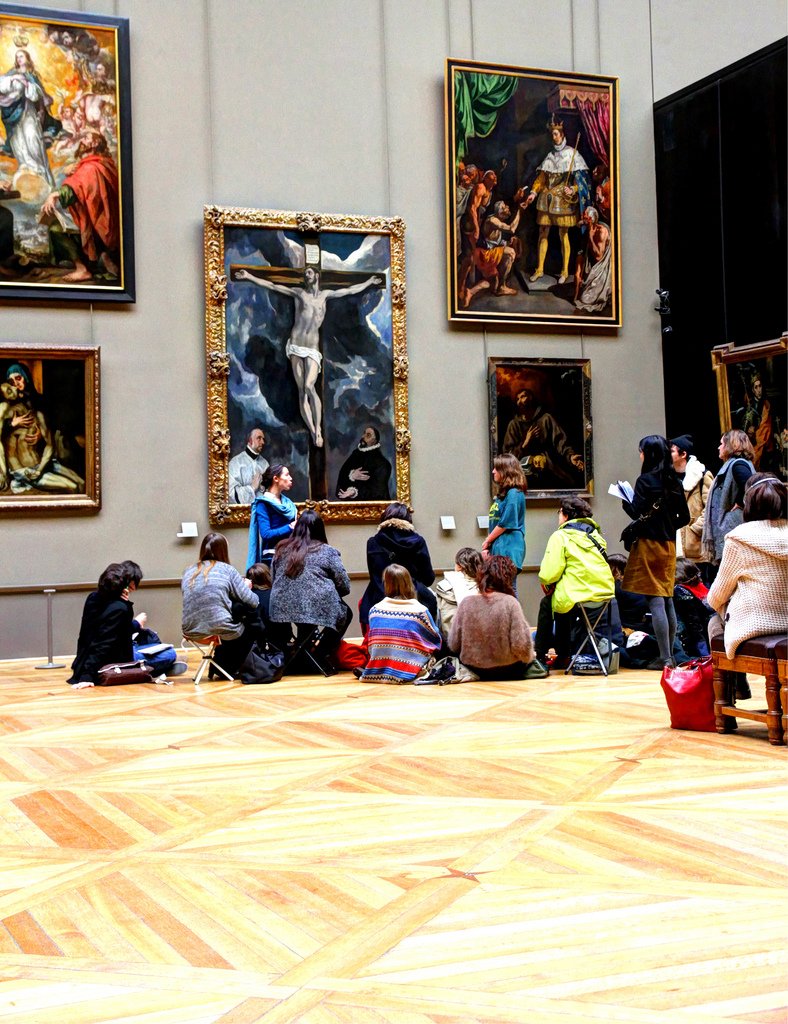
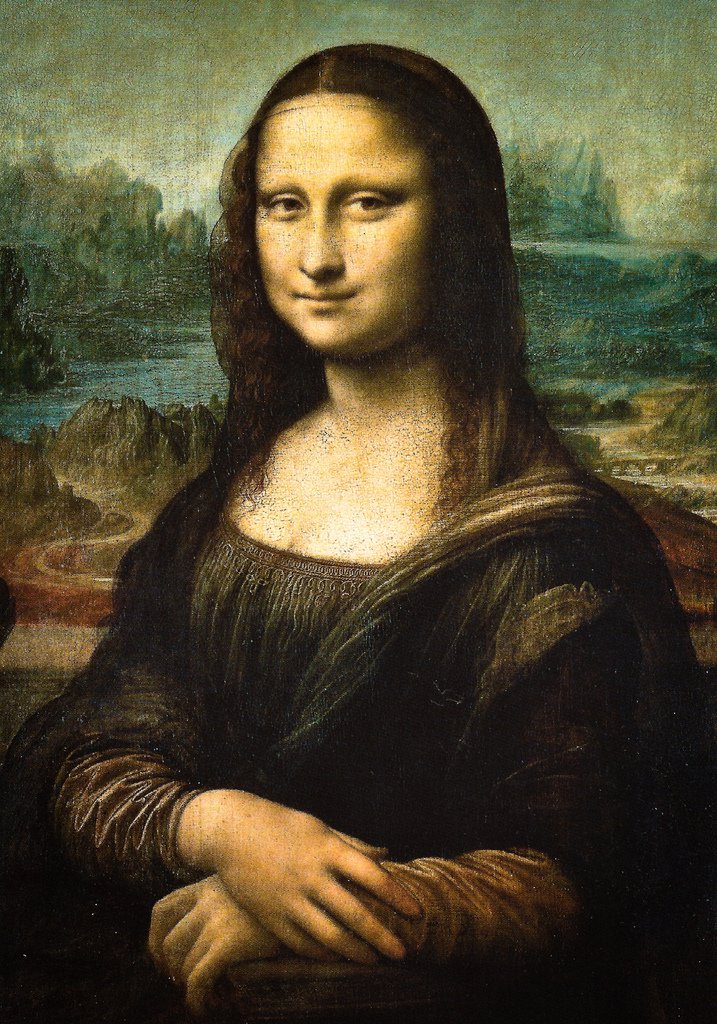
Masterpieces of the Louvre
- The calling card of the Louvre is the famous Gioconda or, as it is also called, the Mona Lisa. It is to this painting that all the signs lead, which are obediently followed by streams of tourists. Mona Lisa is covered with thick armored glass, and next to her there are invariably two guards and crowds of admirers. Once Dzhokonda came to Moscow, but then the management of the museum decided not to take this mysterious beauty anywhere else. So you can admire Dzhokonda exclusively in the Louvre. Mona Lisa is located in the Denon wing in the 7th hall.
- Venus of Milos (Aphrodite) is no less famous than the previous beauty. The author of Venus is considered to be the sculptor Agesander of Antioch. This girl has a difficult fate. In 1820, because of her there was a heated dispute between the Turks and the French, during which the statue of the goddess was thrown to the ground and the beautiful sculpture broke. The French collected the shards in a hurry and… lost the hands of Venus! So the goddess of love and beauty became a victim of the battle for beauty. By the way, Venus’ hands were never found, so this story may not be over yet. The armless beauty can be admired in the 16th Hall of Greek, Etruscan and Roman treasures in the Sully wing. .
- Another symbol of the Louvre is Nika of Samothrace, the goddess of victory. Unlike the Venus of Milos, this beauty managed to lose not only her hands, but also her head. Archaeologists have found many fragments of the statue: for example, in 1950 on Samothrace was found a brush of the goddess, which is now in a glass display case just behind the pedestal of Nika. Alas, the head of the goddess scientists have not been able to find. Nika of Samothrace is located in the Denon Wing on the stairs in front of the entrance to the Italian Painting Gallery.
- Another statue that is the jewel of the Louvre’s collection is the Captive, or Dying Slave (the work of Michelangelo). The Renaissance master is mostly known for his statue of David, but this sculpture deserves no less attention. Denon Wing, first floor, room 4. .
- The statue of a seated Ramses II is another masterpiece that the Louvre can be proud of. This ancient Egyptian sculpture is located on the first floor in the Sully Wing, in Room 12 of the Egyptian Antiquities Hall. .
- The Louvre also has a fine collection of Mesopotamian monuments, the heart of which is Hamurappi’s Code of Laws, written on a basalt stele. The Laws of Hamurappi can be seen in Room 3 of the first floor of the Richelieu Wing. >
- In the 75th hall of French paintings on the first floor of the Denon Wing you can see paintings by the famous French artist Jacques Louis David, which includes perhaps his most famous painting, “Dedication of Emperor Napoleon I.” .
- For lovers of Dutch painting, we recommend visiting Room 38 of the third floor of the Richelieu Gallery. Among other things, there is the famous “The Lacemaker” by Jan Vermeer.
- Through the basement of the Sully Wing you will reach the fortifications of the old Louvre. Here you will see the walls of the medieval Louvre, which have been found by archaeologists.
- The apartments of Napoleon III, the last Emperor of France, cannot fail to impress you with the luxury of its interior decoration. If you like the Empire style, be sure to go to the second floor of the Richelieu Wing: there is so much gold and crystal that even your mouth is light!
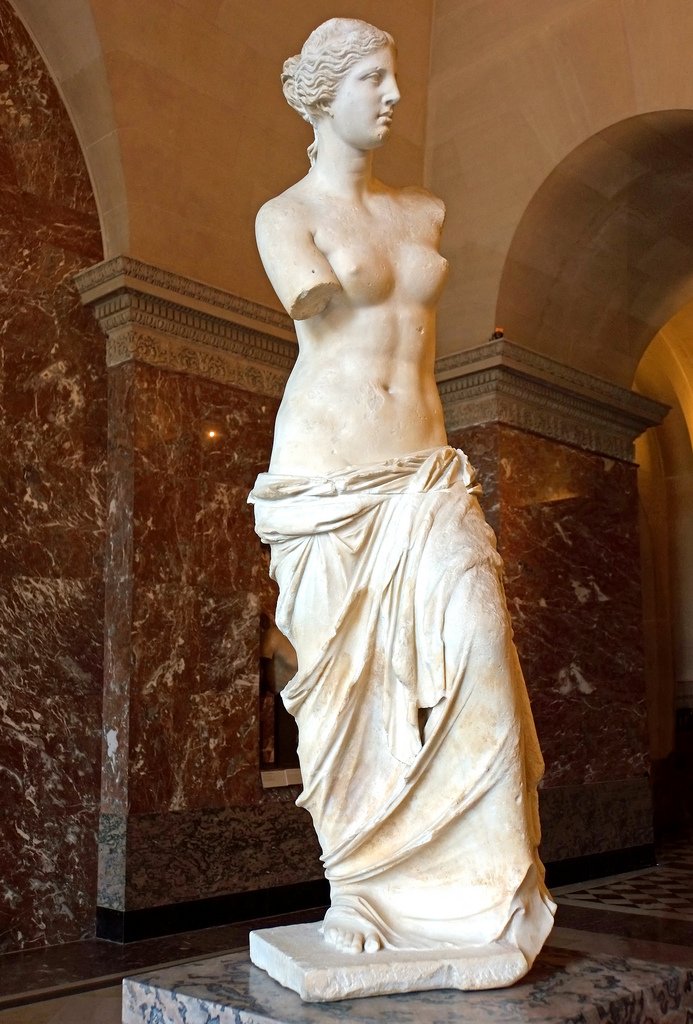
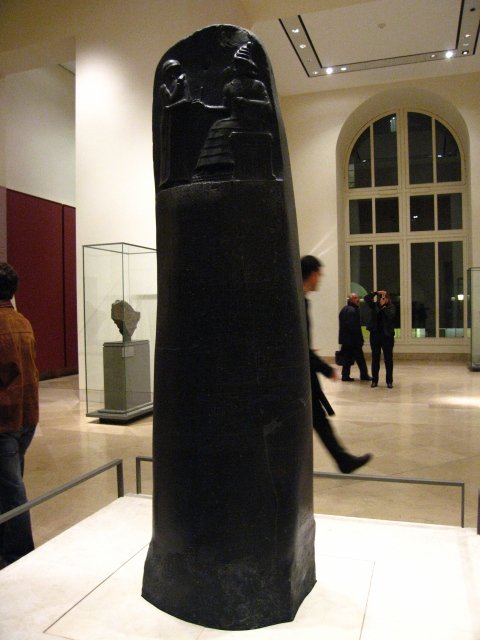
History
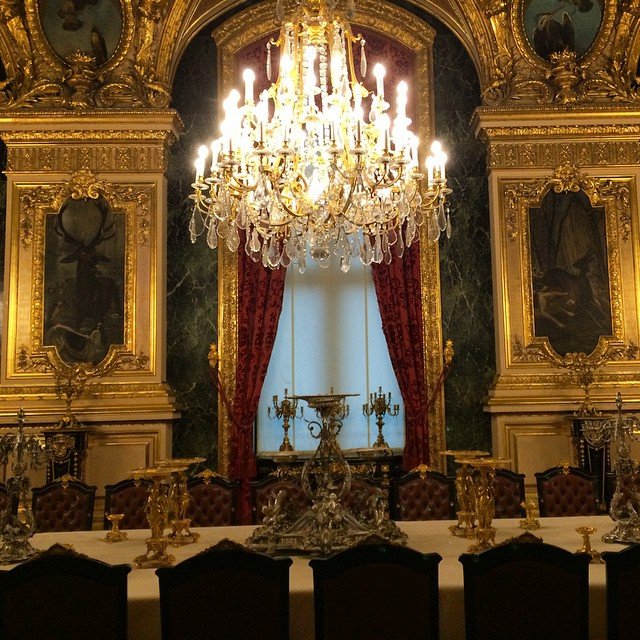
The Louvre was built in the late 12th century by King Philip-Auguste. At the time, the Louvre was only a defensive fortress, but the structure has undergone changes century after century. Almost every king of France considered it necessary to make something new in the appearance of the Louvre. Thus, in the mid-16th century, Francis I, who decided to make the Louvre his Parisian residence, ordered his court architect to build a palace in the Renaissance style, and at the end of the 16th century, King Henry IV ordered to remove the remains of the medieval fortress, expand the courtyard and connect the Tuileries and Louvre palaces.
.In 1682, the royal court moved to Versailles and the Louvre fell into disrepair until the French Revolution. In 1750, there was even talk of the possible demolition of the palace.
The Louvre’s new life in the Louvre is a new one.
New life was breathed into the Louvre by Napoleon, who resumed work on the construction of the Louvre. In addition, Napoleon made a huge contribution to the expansion of the museum’s collection, demanding a kind of tribute in the form of works of art from each nation he defeated. The museum’s catalog now numbers about 380,000 pieces.
.Tourists
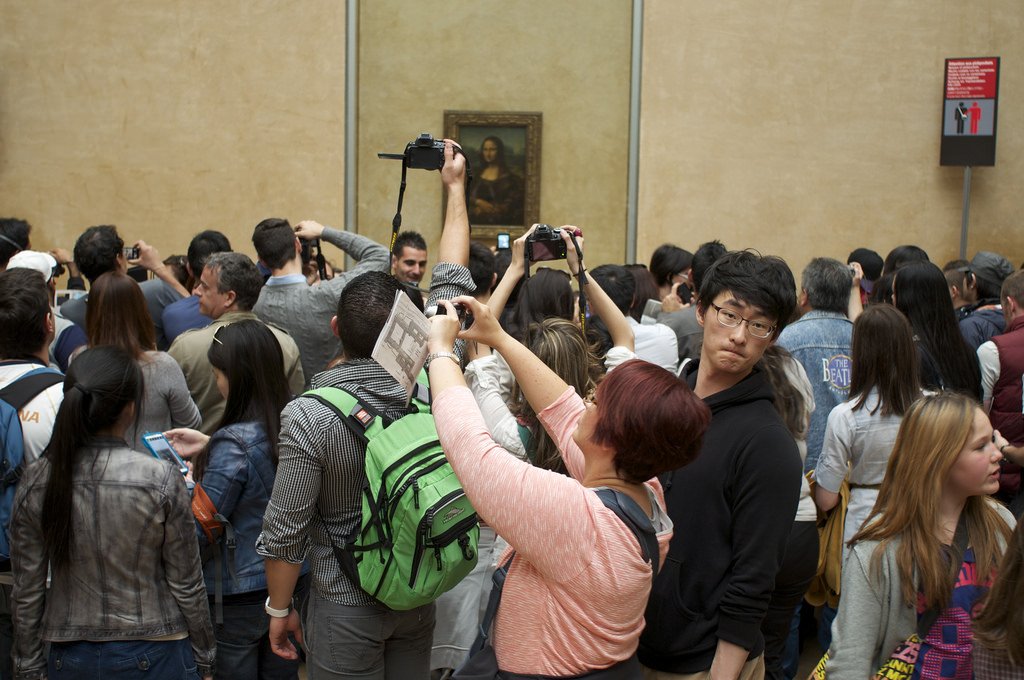
The Louvre is located in the heart of Paris, on the right bank of the Seine. You’ve probably already heard about the huge queues that await you at the entrance to the museum, but you shouldn’t be afraid of them. First of all, it is better to use not the main entrance through the Pyramid, near which an incredible number of people invariably crowd, but the passage through the shopping center Carrousel du Louvre. You can get there directly through the Palais-Royal – Musée du Louvre metro station.
.
To avoid a big queue at the entrance, you will either have to come about half an hour before the museum opens, or in the afternoon, when the flow of tourists has subsided a bit.The museum is open from 9:00 to 18:00 on Monday, Thursday, Saturday and Sunday and from 9:00 to 21:45 on Wednesdays and Fridays. Tuesday is a day off.
.The entrance ticket to the Louvre costs 12 euros. If you want to visit not only the permanent exhibition, but also the exhibitions and the Napoleon Hall, the ticket will cost you 13 euros.
.